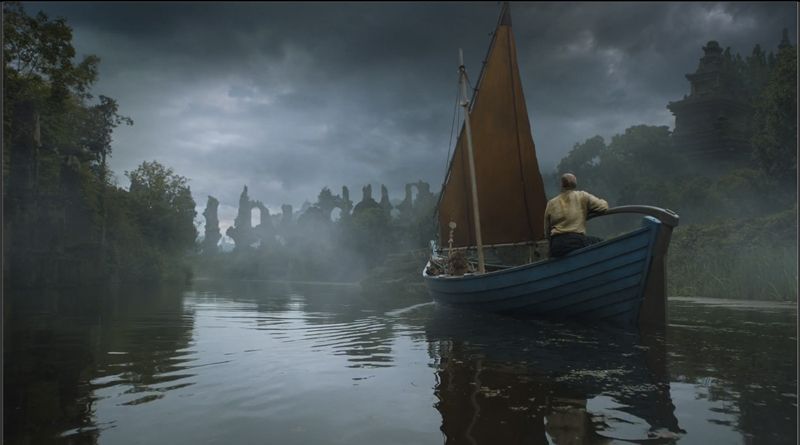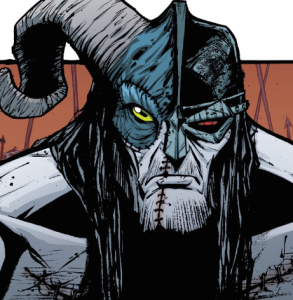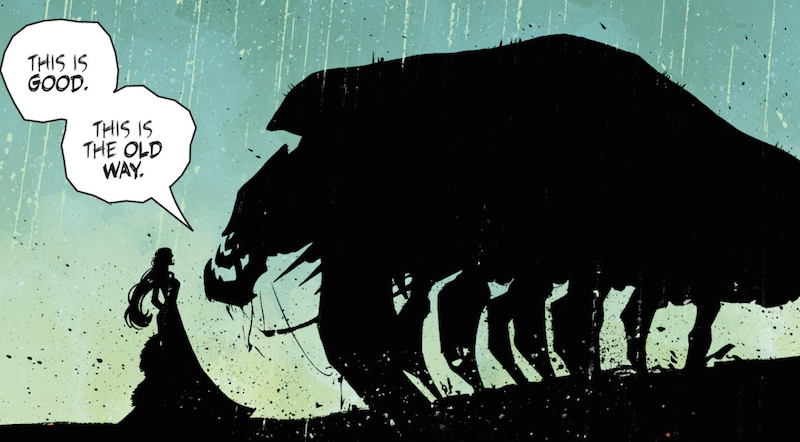Prompted by nothing in particular, some thoughts about Game of Thrones.
At one level, Martin has an amazing accomplishment. His world is symbolically believable. Many of his characters have become almost iconic. Most creators never reach the point of establishing even one such character. In contrast, for example, Moorcock, despite all his creativity, really only has one or two (the character of Elric, the idea of Stormbringer; maybe a popularization of the struggle between the principles of law and chaos).
Consider in contrast the list of powerfully identifiable Game of Thrones characters. Circei, Tyrion, Brienne, Jon, Arya, Daenerys, Joffrey!, Petyr, Samwell, Davos, Melisandre, and that is just off the top of my head. “Winter is coming.” The new gods and the old. Wargs. The faceless men. Melisandre’s summoning. The wall. Even Tolkien might have fewer such characters and concepts. Bilbo, Gandalf, Golem, a realization of the Norse Ring mythology, Smaug, maybe Thorin, maybe the Steward of Gondor. There are probably a few more, but not that many and either way the contest is close.
Now, I am not really interested in arguing whether these characters resonate or not with you or any other person in particular; I think it would be difficult to reasonably claim, however, that they do not resonate more broadly. Madonna cosplaying your character is some sort of achievement unlocked.
Back in the late 90s, I read the first couple Song of Ice and Fire books and liked them well enough, but at some point Martin fell afoul of my Wheel of Time rule* to avoid multivolume doorstop fantasy sequences unless they are finished. So my experience with Westeros is mostly recent and through the HBO series.
In contrast to the power of his characters and setting, the plotting of Game of Thrones is muddled. Part of this may be decisions that were made for the TV adaption, but I suspect that this is true of the novels as well based on the few that I have read. When you have 10+ plot lines moving in parallel, it is difficult to make them all matter. For example, how can it be that Bran Stark has not showed up at all in the first five episodes of season 5? The story sprawls too large and loses its focus. It almost feels as if Martin himself sometimes forgets about what is happening to some of his characters. I find myself caring less about what happens, and this is not because of the low character life expectancy. Living or dying, the outcome just does not seem to matter all that much.
* Still active and broken only once for The Name of the Wind.

Ruins of Valeria (source; via Google Images)


